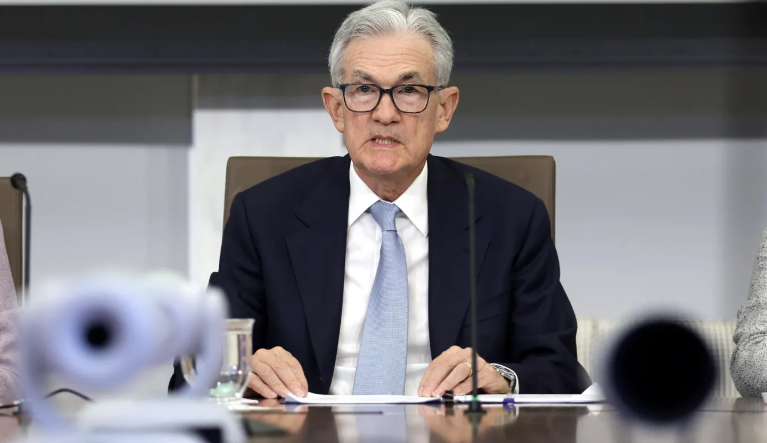It wasn’t the modest quarter-point rate cut in December that sent shockwaves through the markets; the Federal Reserve’s updated projections for 2025 raised eyebrows.
The Fed now foresees trimming rates by only half a percentage point in 2025—a far cry from the full percentage point (four quarter-point reductions) it had projected just three months earlier. In practical terms, this translates to two rate cuts across eight policy meetings, leaving the target federal funds rate hovering between 3.75% and 4.00%.
Some analysts are less optimistic, forecasting even fewer cuts—or none at all—amid political and economic uncertainty. What starts as a January nudge could very easily morph into an extended pause.
Another unlikely scenario looms in the background: a robust economy coupled with rising inflation might force the Fed to hike rates again in 2025. After championing the “higher for longer” mantra throughout 2024, the Fed executed a series of rate reductions in late 2024—a half-point cut in September, followed by two quarter-point decreases in November and December. For a fleeting moment in autumn, it appeared the central bank was ready to ease rates more aggressively, buoyed by progress on inflation and a resilient job market.
But December’s cautious outlook suggests a change of heart. Inflation is to prove more stubborn than anticipated, GDP growth remains strong, and the labour market continues to hum along. Meanwhile, the incoming Trump administration’s policies—tariffs, tax cuts, and deficit spending—could further stoke inflationary pressures.
Still, with hazy policy details and campaign rhetoric yet to solidify, the Fed is peering into a foggy future. The result is that the range of potential outcomes next year is enormous. Fiscal policy, trade policy, regulatory policy—all of these could look very different. And while they’re not directly in the Fed’s remit, they’ll undoubtedly influence inflation and employment—the Fed’s bread and butter.
Central to the Fed’s cautious approach is the concept of a “neutral rate” that neither stimulates nor restrains economic growth. I mentioned this point several times in 2024.
With strong GDP growth and a steady labour market despite substantial rate hikes, some analysts argue that the neutral rate is higher than previously thought. Estimates now place the nominal neutral rate (excluding inflation) around 1%, which implies a “real” neutral rate of 3% in an ideal world where inflation sits at 2%.
In his December post-meeting remarks, Jerome Powell admitted that while rates remain restrictive, they are inching closer to this theoretical equilibrium. “It’s another reason to tread carefully,” he remarked, adding that overly aggressive rate cuts could reignite inflationary pressures.
Some suggest the current federal funds rate of roughly 4% is flirting with neutrality, especially if inflation holds near 3% instead of the Fed’s 2% target. In such a case, we are close to where we should be, reinforcing the option of the end-of-rate cut in 2025.
While the Fed’s 2025 trajectory leans towards caution, a few market watchers speculate about the possibility of rate hikes if growth roars back and inflation surges. Time will tell us.
According to CME’s FedWatch tool, as of late December, markets assigned an 89% probability to the Federal Reserve holding interest rates steady at its January meeting. The remaining 11% reflects a slim chance of a quarter-point cut.
To summarise the situation, there is a strong likelihood of interest rates stabilising in the US in 2025, around 4% to 4.25%, close to the current level. The alternative scenario involves stubborn inflation and strong economic growth, potentially leading to a new cycle of interest rate increases. However, we are not at that point yet.
